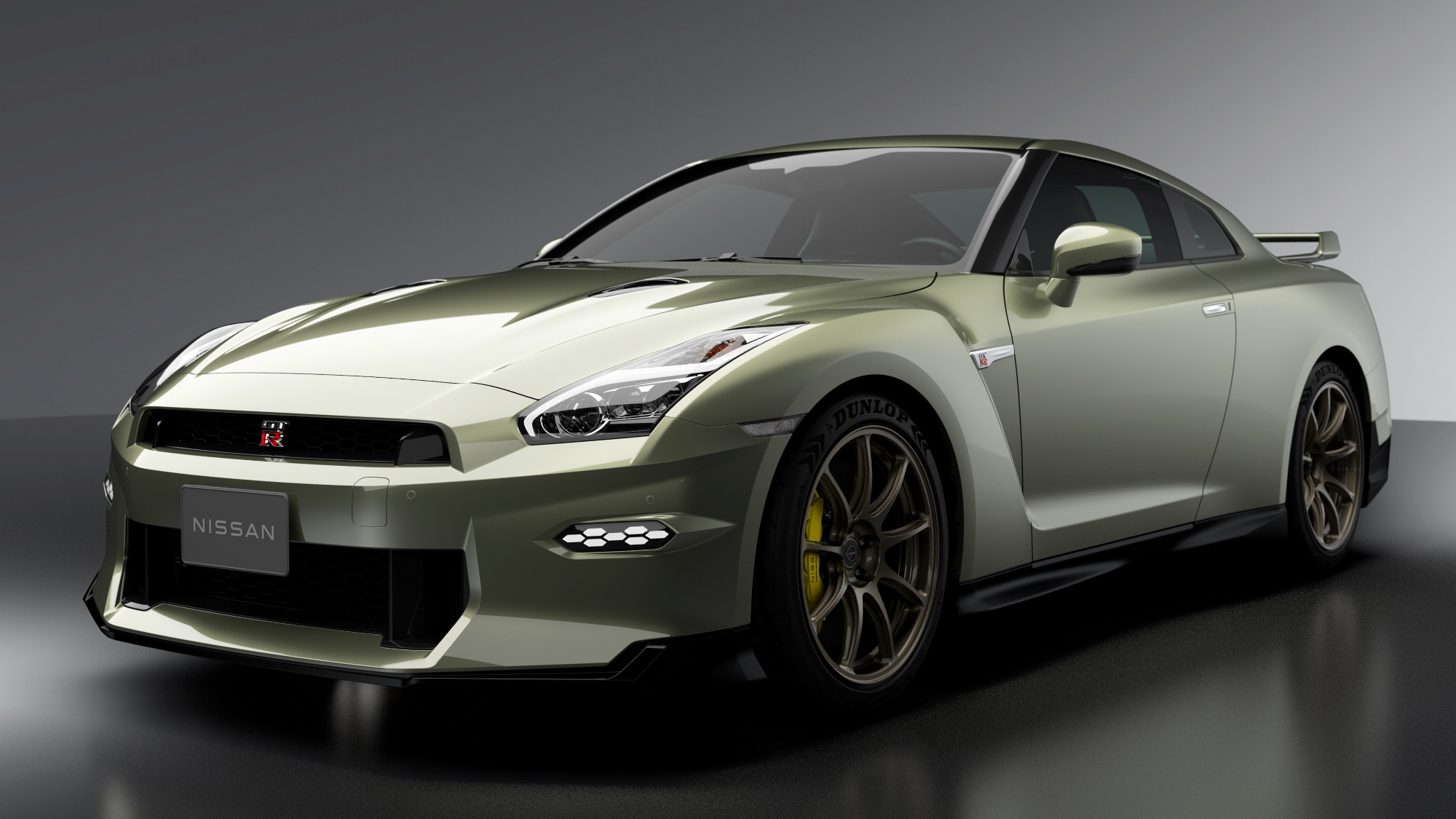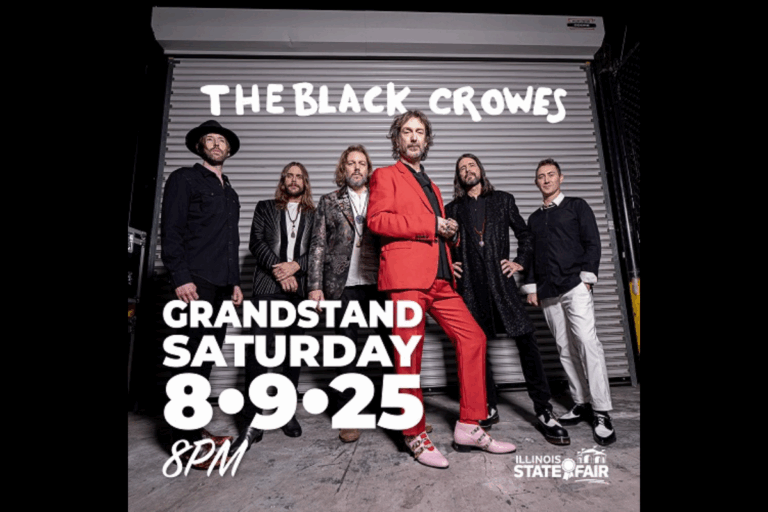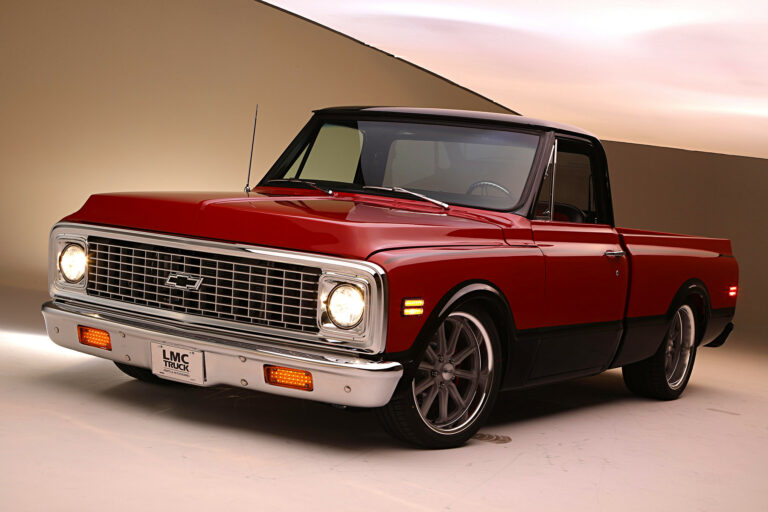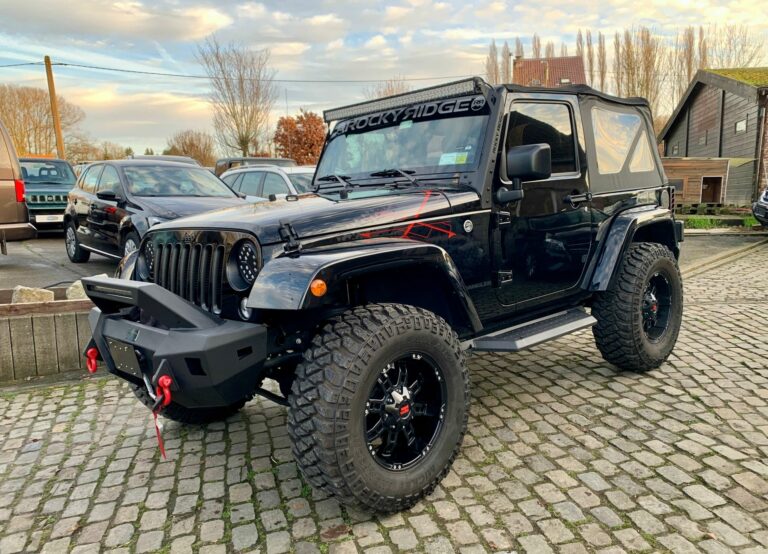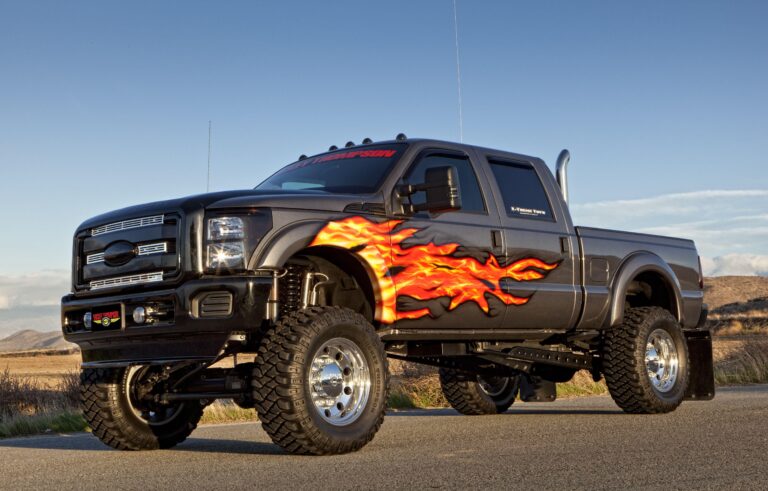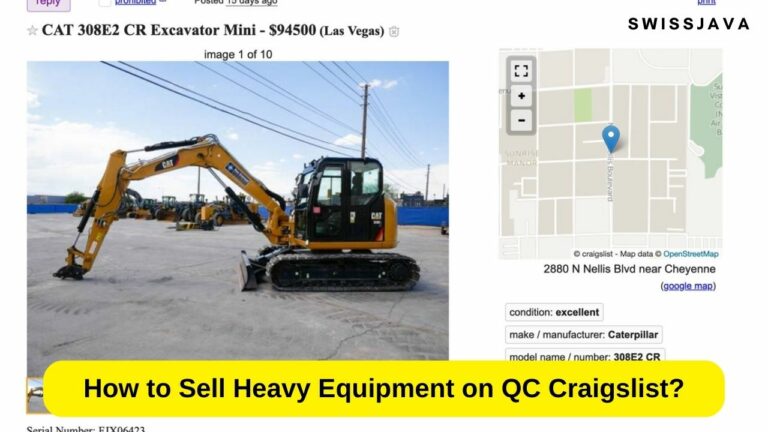Nissan Hardbody Trucks For Sale: Your Comprehensive Guide to an Enduring Legend
Nissan Hardbody Trucks For Sale: Your Comprehensive Guide to an Enduring Legend cars.truckstrend.com
In an automotive landscape increasingly dominated by oversized, feature-packed trucks, there remains a persistent and growing appreciation for simpler, more robust machines. Among these cherished classics, the Nissan Hardbody pickup stands out as an icon of durability, simplicity, and surprising capability. Officially known as the Nissan D21 series in North America, these trucks earned their legendary "Hardbody" moniker for their double-wall bed construction and overall ruggedness, a testament to their unwavering resilience.
For those in the market for a dependable workhorse, a capable off-road companion, or a charming vintage daily driver, Nissan Hardbody trucks for sale represent a compelling proposition. This comprehensive guide will delve into every aspect of finding, evaluating, and owning one of these enduring vehicles, offering practical advice and actionable insights to help you navigate the journey from searching to satisfied ownership.
Nissan Hardbody Trucks For Sale: Your Comprehensive Guide to an Enduring Legend
The Enduring Appeal of the Nissan Hardbody
The Nissan Hardbody (D21 generation) was produced from late 1985 (as 1986.5 models) through 1997 in North America. During its impressive run, it solidified its reputation as a no-nonsense, highly reliable pickup. Its straightforward design, mechanical robustness, and surprising versatility made it a favorite among tradespeople, off-road enthusiasts, and budget-conscious buyers alike.
Key Features and Benefits:
- Unmatched Durability: The "Hardbody" name isn’t just a marketing gimmick. These trucks were built to last, featuring a robust ladder frame and the aforementioned double-wall bed that could withstand significant abuse.
- Mechanical Simplicity: Unlike modern trucks laden with complex electronics, Hardbodies are largely mechanical. This translates to easier diagnosis, simpler repairs, and lower maintenance costs for the DIY enthusiast.
- Reliable Powertrains: The primary engine options – the 2.4L Z24 (early models), the 2.4L KA24E (later 4-cylinder), and the 3.0L VG30E V6 – are renowned for their longevity when properly maintained.
- Off-Road Prowess (4WD Models): Equipped with solid front axles (early models), a sturdy transfer case, and ample ground clearance, 4WD Hardbodies are surprisingly capable off the beaten path, making them popular choices for overland builds and trail rigs.
- Affordability: Compared to newer trucks, Hardbodies offer incredible value for money, allowing buyers to acquire a capable and dependable vehicle without breaking the bank.
- Strong Aftermarket Support: Despite their age, a healthy aftermarket exists for suspension lifts, performance upgrades, and replacement parts, making customization and maintenance relatively easy.
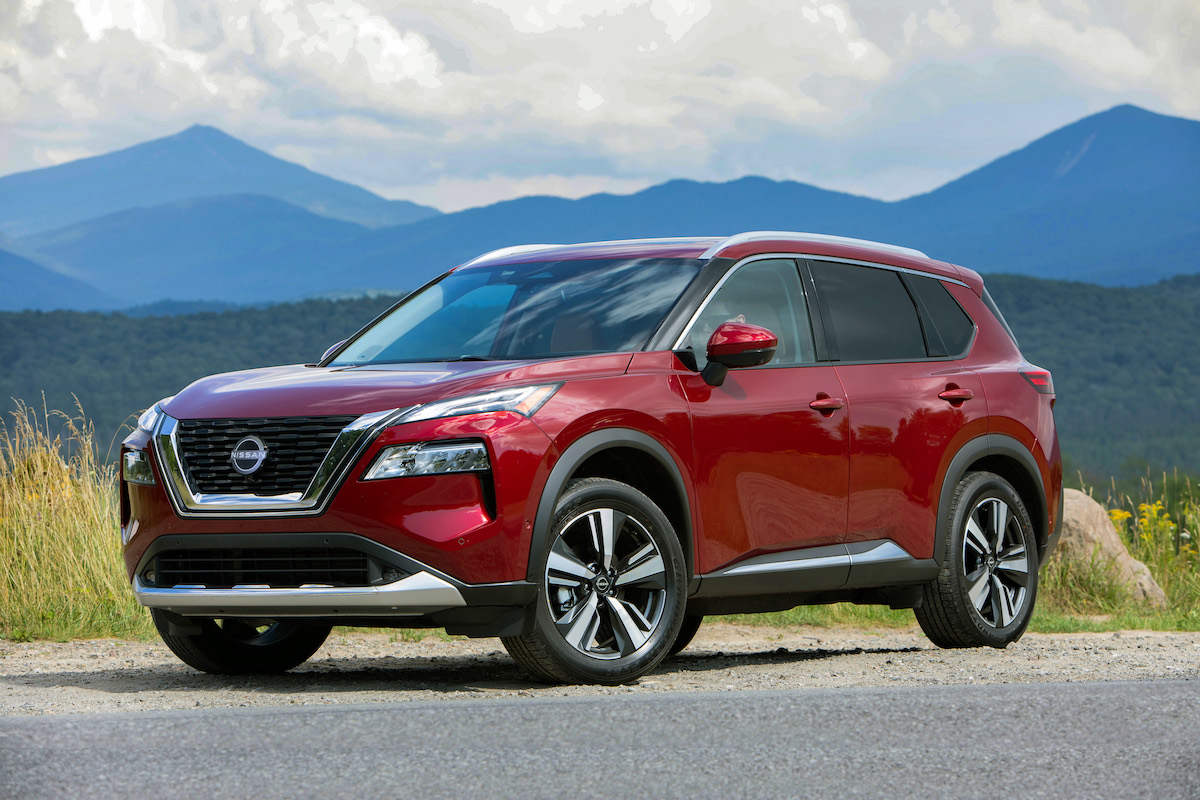
Understanding Hardbody Variants and Configurations
Before you begin your search for Nissan Hardbody trucks for sale, it’s essential to understand the various configurations available. Knowing what you’re looking for will narrow your search and help you identify the ideal truck for your needs.
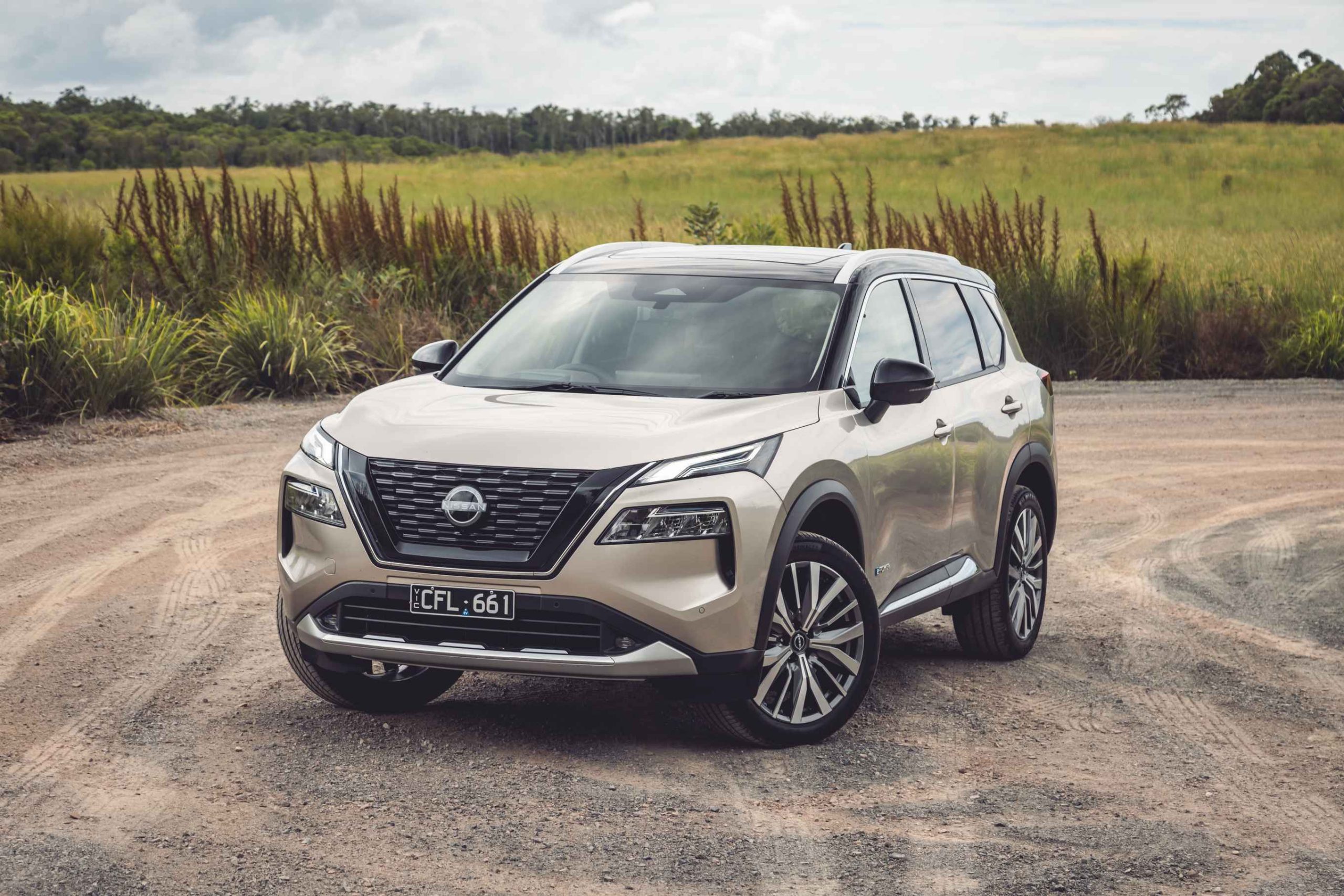
- Body Styles:
- Standard Cab: A traditional single-row seating arrangement, offering maximum bed length for a given wheelbase.
- King Cab: An extended cab with a small rear seating area or additional storage space behind the front seats, often with jump seats. This is a popular choice for those needing more interior room.
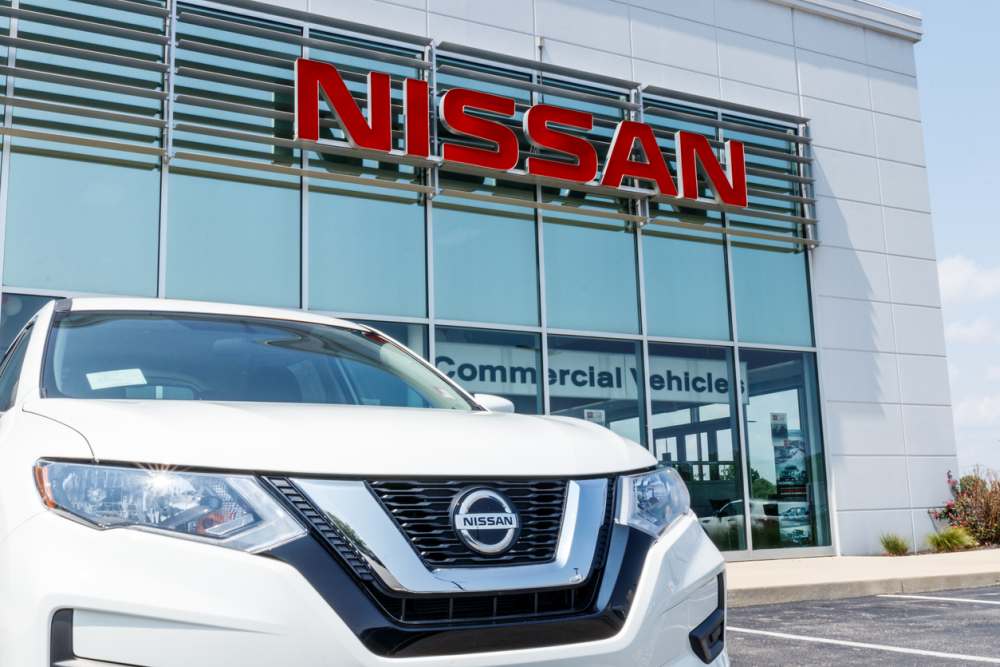
- Bed Lengths: Hardbodies typically came in short bed and long bed configurations, with specific dimensions varying slightly by year and cab style.
- Drivetrain:
- 2WD (Rear-Wheel Drive): Lighter, often more fuel-efficient, and suitable for street use or light hauling.
- 4WD (Part-Time Four-Wheel Drive): Essential for off-road adventures or navigating challenging terrain. Most 4WD models feature manual locking hubs, which require the driver to get out and lock them when engaging 4WD.
- Engines:
- Z24 (2.4L 4-Cylinder): Used in early 1986.5-1989 models. These were either carbureted or had Throttle Body Injection (TBI). Known for being torquey but less refined than later engines.
- KA24E (2.4L 4-Cylinder): Introduced in 1990 and used until 1997. This was a single overhead cam (SOHC) fuel-injected engine, offering more power and better fuel economy than the Z24. It’s the most common engine found in Hardbodies.
- VG30E (3.0L V6): Available from 1986.5 to 1995. This SOHC V6 provided more horsepower and significantly more torque, making it ideal for towing or those desiring more spirited performance. V6 models are less common and often command a higher price.
- Transmissions: Most Hardbodies came with a robust 5-speed manual transmission, which is highly desirable for its durability and driver engagement. A 4-speed automatic transmission was also available.
- Trim Levels: Base models were spartan, while XE and SE (Sport Edition) trims offered more creature comforts like air conditioning, power windows, and upgraded interiors.
Where to Find Nissan Hardbody Trucks For Sale
The search for a Hardbody often begins online, but don’t overlook local resources.
- Online Marketplaces:
- Craigslist and Facebook Marketplace: These are excellent starting points for local listings. Use specific keywords like "Nissan Hardbody," "Nissan D21," "Nissan pickup," or "Nissan truck." Be prepared to filter through many listings and act quickly on good deals.
- eBay Motors: Offers a wider geographical reach, sometimes featuring more well-preserved or unique examples.
- AutoTrader Classics / Hemmings: For higher-end, collector-grade Hardbodies, these sites might list pristine or restored examples.
- Dedicated Forums and Social Media Groups: Join Nissan D21 or Hardbody enthusiast groups on Facebook or dedicated online forums. Members often post trucks for sale, and you can tap into a wealth of knowledge for advice.
- Local Dealerships (Rare): While unlikely to find them at large new car dealerships, smaller, independent used car lots, particularly those specializing in older trucks or imports, might occasionally have a Hardbody.
- Word-of-Mouth: Let friends, family, and mechanics know you’re looking. Sometimes the best deals are found through personal connections.
- Auctions: Sites like Bring a Trailer or Cars & Bids occasionally feature exceptionally clean or modified Hardbodies, but be prepared for competitive bidding.
What to Look For When Buying a Hardbody: An Inspection Guide
Purchasing a vehicle that is 25-35 years old requires a thorough inspection. While Hardbodies are durable, age and neglect can take their toll.
- Rust (Critical!): This is the single most important factor. Inspect the frame rails (especially near the rear wheels and engine crossmember), cab corners, rocker panels, bed floor, wheel wells, and behind the front fenders. Surface rust is manageable, but extensive frame rot is a deal-breaker.
- Engine:
- Check for leaks (oil, coolant, power steering).
- Listen for unusual noises (knocking, ticking, excessive valvetrain noise). The KA24E is known for timing chain guide wear, which can cause a rattling sound, particularly at startup.
- Look for excessive smoke from the exhaust (blue for oil, white for coolant, black for rich fuel mixture).
- Check fluid levels and condition.
- If it’s a V6 (VG30E), ask about timing belt replacement history. This is a critical maintenance item.
- Transmission & Drivetrain:
- Manual: Test all gears for smooth engagement. Listen for grinding or difficulty shifting. Check clutch feel.
- Automatic: Check fluid color (should be red, not brown or black) and smell (shouldn’t smell burnt). Ensure smooth shifts.
- 4WD: Test high and low range. Engage and disengage 4WD. Check the front differential and transfer case for leaks.
- Suspension & Steering:
- Look for worn ball joints, tie rods, and bushings (common wear items).
- Check shocks for leaks.
- Test for excessive play in the steering wheel.
- Brakes: Check pedal feel (should be firm, not spongy). Look at rotors and pads for wear.
- Electrical: Test all lights (headlights, taillights, turn signals, brake lights), gauges, horn, wipers, HVAC fan, and power windows/locks (if equipped).
- Interior: Assess the condition of seats, dashboard (cracks are common), headliner, and door panels. While cosmetic, it indicates overall care.
- Documentation: Ask for service records, original owner’s manual, and ensure the title is clear and matches the VIN.
- Test Drive: Drive the truck at various speeds. Listen for unusual noises. Check braking performance, acceleration, and alignment. Ensure it tracks straight.
Pricing Your Nissan Hardbody Purchase
The price of Nissan Hardbody trucks for sale can vary dramatically based on several factors:
- Condition: This is the primary determinant. A rusty, non-running project will be significantly cheaper than a well-maintained, rust-free example.
- Mileage: Lower mileage generally commands a higher price, though condition often outweighs mileage on these older trucks.
- Drivetrain: 4WD models are almost always more expensive than 2WD, due to their increased capability and demand.
- Engine: V6 models often fetch a premium due to their rarity and power.
- Body Style: King Cabs are often slightly more expensive than Standard Cabs due to their added utility.
- Location: Prices can vary regionally, with rust-prone areas often having cheaper but more compromised examples.
- Modifications: Well-done, desirable modifications (e.g., quality lift kits, aftermarket bumpers) can add value, but poorly executed mods can detract.
Estimated Price Ranges (USD, Highly Variable):
| Model Year Range | Drivetrain | Body Style | Condition (Examples) | Price Range (USD) |
|---|---|---|---|---|
| 1986.5 – 1997 | 2WD | Std Cab | Poor (Rust, Needs Work) | $1,000 – $2,500 |
| 1986.5 – 1997 | 2WD | Std Cab | Fair (Driver Quality, Some Flaws) | $2,500 – $5,000 |
| 1986.5 – 1997 | 2WD | Std Cab | Good (Well-Maintained, Minor Issues) | $5,000 – $8,000 |
| 1986.5 – 1997 | 2WD | King Cab | Fair (Driver Quality, Some Flaws) | $3,000 – $6,000 |
| 1986.5 – 1997 | 2WD | King Cab | Good (Well-Maintained, Minor Issues) | $6,000 – $9,000 |
| 1986.5 – 1997 | 4WD | Std Cab | Poor (Rust, Needs Work) | $2,000 – $4,000 |
| 1986.5 – 1997 | 4WD | Std Cab | Fair (Driver Quality, Some Flaws) | $4,000 – $7,000 |
| 1986.5 – 1997 | 4WD | Std Cab | Good (Well-Maintained, Minor Issues) | $7,000 – $12,000 |
| 1986.5 – 1997 | 4WD | King Cab | Fair (Driver Quality, Some Flaws) | $5,000 – $9,000 |
| 1986.5 – 1997 | 4WD | King Cab | Good (Well-Maintained, Minor Issues) | $9,000 – $15,000 |
| 1986.5 – 1997 | Any | Any | Excellent (Restored, Low Miles, Pristine) | $15,000+ |
Note: V6 models (VG30E) and later KA24E 4WD King Cabs in excellent condition will generally command higher prices within these ranges, particularly in enthusiast markets.
Common Issues and Potential Solutions
While Hardbodies are reliable, they are not immune to issues, especially given their age. Being aware of these can help you identify potential problems and budget for solutions.
- Rust: As mentioned, this is the biggest enemy. Solution: Thorough pre-purchase inspection. If buying one with rust, be prepared for extensive bodywork or frame repair, or accept it as a dedicated off-roader/beater.
- KA24E Timing Chain Guide Wear: The plastic guides on the timing chain can wear out, leading to a rattling noise, especially at startup. Solution: Replace the guides (often with metal alternatives) and chain if needed. A common DIY job for those with some mechanical skill.
- VG30E Timing Belt: This is a critical maintenance item that needs replacement every 60,000 miles or so. If neglected, it can lead to catastrophic engine failure. Solution: Ensure it has been replaced recently or factor in the cost of replacement immediately after purchase.
- Power Steering Leaks: Hoses and pumps can wear out over time. Solution: Replace leaky components.
- Vacuum Leaks: Old, brittle vacuum lines can cause rough idle, poor performance, and check engine lights. Solution: Inspect and replace old hoses. A smoke test can help pinpoint leaks.
- Suspension Component Wear: Ball joints, control arm bushings, and shocks are common wear items that affect ride quality and handling. Solution: Replace with OEM or aftermarket parts. Many affordable upgrade options exist.
- Electrical Gremlins: Less common than in more complex vehicles, but old wiring, corroded grounds, or failing sensors can cause issues. Solution: Systematic diagnosis, often starting with cleaning grounds and inspecting wiring harnesses.
Tips for a Successful Hardbody Ownership Experience
- Prioritize Condition Over Price: A slightly more expensive, well-maintained, and rust-free Hardbody will save you significant money and headaches in the long run compared to a cheap project truck.
- Get a Pre-Purchase Inspection (PPI): If you’re not mechanically inclined, pay a trusted mechanic (ideally one familiar with older Japanese trucks) to inspect the vehicle before purchase.
- Factor in Repair/Maintenance Budget: Even a good Hardbody will need some TLC. Set aside a few hundred to a thousand dollars for immediate post-purchase maintenance (fluids, filters, basic tune-up).
- Join the Community: Online forums and Facebook groups are invaluable resources for troubleshooting, finding parts, and connecting with other Hardbody owners.
- Embrace DIY: These trucks are simple enough for many repairs to be tackled by the average home mechanic. Invest in a good service manual (like Haynes or Chilton).
- Understand Its Purpose: Are you looking for a dedicated off-roader, a work truck, or a charming daily driver? Your intended use will influence which variant and condition you should prioritize.
Conclusion
The Nissan Hardbody pickup truck stands as a testament to an era when vehicles were built with rugged simplicity and enduring reliability in mind. Its unpretentious design, coupled with its remarkable durability, has cemented its status as a cult classic. For those seeking a capable, affordable, and mechanically straightforward truck, a Hardbody for sale represents an exceptional opportunity.
By understanding the various configurations, knowing where to look, conducting a thorough inspection, and budgeting wisely, you can confidently navigate the market for Nissan Hardbody trucks for sale. Owning one of these venerable machines is not just about acquiring a vehicle; it’s about embracing a piece of automotive history that continues to prove its worth, mile after dependable mile. With a little care and attention, a Nissan Hardbody can serve you faithfully for many years to come, proving that sometimes, the simplest solutions are indeed the hardest to beat.
Frequently Asked Questions (FAQ)
Q: What years were Nissan Hardbody trucks made?
A: In North America, the Nissan Hardbody (D21 series) was produced from late 1985 (as 1986.5 models) through 1997.
Q: Are Hardbody trucks reliable?
A: Yes, they are renowned for their reliability and durability. Their simple mechanical design and robust construction contribute to their long lifespan, often reaching hundreds of thousands of miles with proper maintenance.
Q: Is it hard to find parts for a Hardbody?
A: Generally, no. Many common wear-and-tear parts are still readily available through aftermarket suppliers and even some Nissan dealerships. Online forums and enthusiast groups are also great resources for harder-to-find components.
Q: What’s the difference between 2WD and 4WD Hardbodies?
A: 2WD models are rear-wheel drive, lighter, and typically more fuel-efficient, suitable for street driving and light hauling. 4WD models feature a part-time four-wheel-drive system (often with manual locking hubs) that allows them to tackle off-road terrain, snow, or other challenging conditions.
Q: What engines were available in the Hardbody?
A: The main engines were the 2.4L Z24 (early 4-cylinder), the 2.4L KA24E (later, more powerful 4-cylinder), and the 3.0L VG30E V6.
Q: How much should I expect to pay for a Hardbody?
A: Prices vary widely based on condition, mileage, drivetrain, and location. You can find project trucks for under $2,000, while well-maintained 4WD models can range from $7,000 to $15,000+, and exceptional examples even higher. Refer to the price table in this article for a general guide.
Q: Are Hardbodies good for off-roading?
A: Absolutely! 4WD Hardbodies are very capable off-roaders, especially when equipped with a good set of tires and potentially a mild lift. Their compact size, sturdy frame, and reliable 4WD system make them popular choices for trails and overlanding.
Q: What are the common rust spots to check?
A: Critical areas for rust include the frame rails (especially near the rear wheels and under the engine), cab corners, rocker panels, bed floor, wheel wells, and behind the front fenders. Always perform a thorough inspection, especially in areas where road salt is used.
Q: Can I daily drive a Hardbody?
A: Many people successfully daily drive Hardbodies. They are reliable and relatively fuel-efficient for a truck of their era. However, remember they lack modern safety features and creature comforts, so assess your personal needs and comfort level.
